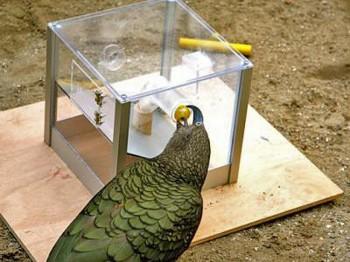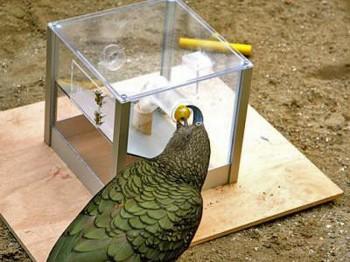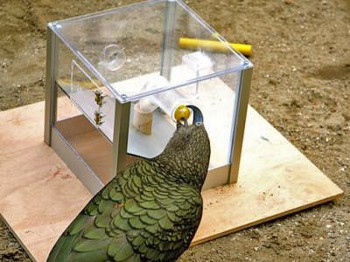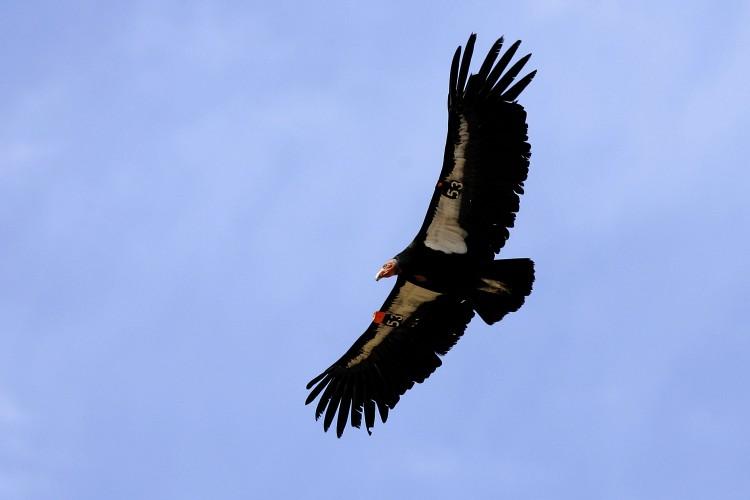Scientists have been testing out the problem solving skills of members of two of the smartest bird families—crows and parrots—with fascinating results.
Researchers at the University of Vienna in conjunction with the University of Oxford studied the New Caledonian crow, and the kea, a New Zealand parrot.
The New Caledonian crow, found in islands in the southwest Pacific, makes tools out of sticks and leaves in nature when exploring the forest.
“It shows great innovative skills when it comes to technical problems involving tool use,” says study author Ludwig Huber, head of the Department of Cognitive Biology in Vienna, in a press release.
Kea, though not having been documented as using tools in the wild, are likewise known for their intelligence.






